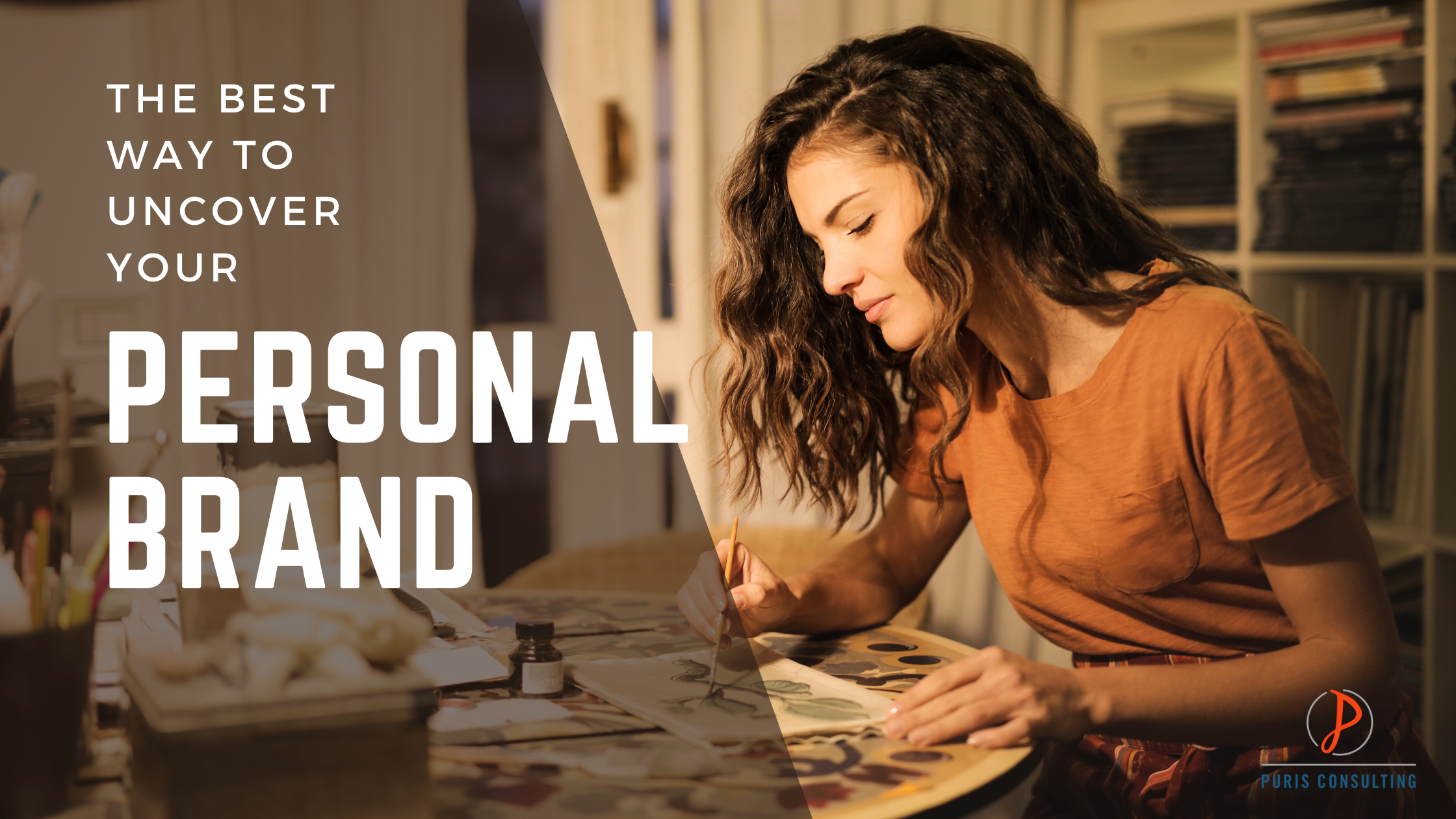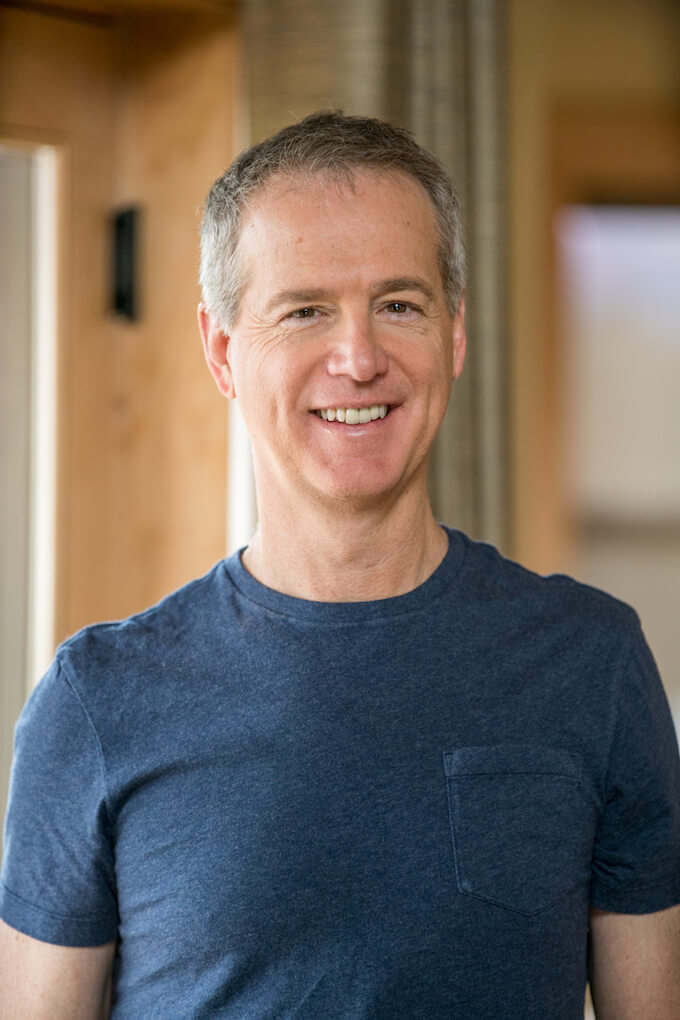Written by Katy Goshtasbi
Posted on: May 6, 2022
Share This

Stuff happens in your life. Stuff happens in my life. That’s just a part of being human.
The question is what do you choose to do with your life as a result of “stuff” that happened?
As you all know by now, my “stuff” included being diagnosed with breast cancer last December and then having a mastectomy. When this stuff went down, I stopped and thought, “what is my lesson here?” (after I cried for a few days) and “what am I supposed to do with the lessons that I’m to learn?”.
Exchanging out my body part for an “upgraded” model has left me very different. In a really good way. I now have deep clarity (and excitement) for my purpose and my work with you going forward. I get it for myself.
The answers only came to me in those moments when I sat quietly by myself and listened to my internal guidance. I call this my quiet answers.
It’s all about being willing to deal with changes and transitions (cancer, new haircut, downsizing, retiring, changing practice areas, changing careers, going off to school, going back to school, etc) in a way that allows you to authentically bring your best (and real) self to the table AND liberates you to be just you.
I know your pain point. How?
What came to me as my quiet answers was, well…scary.
Up to now, I have been teaching, talking and sharing from a very mainstream point of view. The changes in my life now shift me into a place where I MUST teach from a place that’s authentically me. It’s not mainstream. It’s way more effective for you.
Personally, that means there’s now a split between who I am now because of the changes I have gone through and who I used to present myself to be. It’s like having one foot in a boat and one foot out on the dock. Sooner or later, you have to decide where to put both feet.
This is all about what has to happen before you work on your brand. First, you have to remake yourself and how you talk to yourself, waking up to yourself and your life changes/transitions. From there, we look at how to integrate it into your life and work and bring it forward to your audience, authentically and easily, as your brand.
Where in your life are you going through a change or transition that has you split between: a) who you used to be b) who others have always known you to be and c) who you really are and want to be?
Let’s start with you looking into this question. Take a quiet minute, a notepad and some coffee, tea. Sit down and be still. Let your quiet answers come to you. I promise they will if you allow them to do so.
Next time, I’ll give you some action steps to take in getting both feet into the boat so you can row to the next destination on your branding journey.
Here’s to you embarking on your change/transition journey and liberating yourself to have fun, make money, succeed in your career/business and be free!











